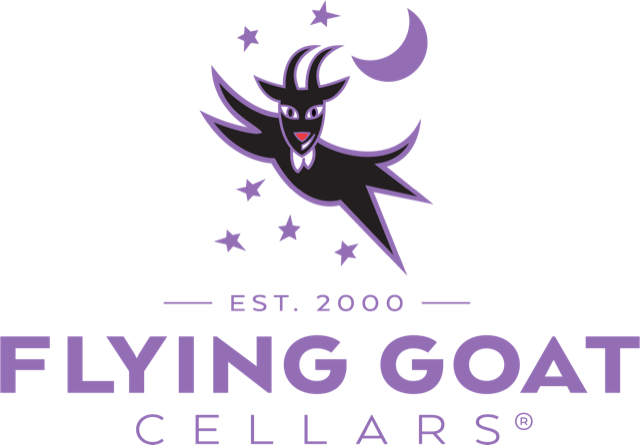Though many TikToks these days offer to teach us how to build “a hot chocolate charcuterie board” or “a veggie charcuterie board,” the actual definition of charcuterie is straightforward and singular. Charcuterie is the French term for cured or preserved meat products, such as prosciutto, salami, or pâté. A charcuterie board can, of course, include veggies and cheese and bread — and sure, hot chocolate if you’re feeling festive — but if the board doesn’t feature cured meat, it’s probably just a cheese board.
The good news is that charcuterie can serve as anything from a quick snack to an elegant first course, and there’s a whole world of it to explore. Though most food cultures around the globe have some staple cured meat, most of what we have access to in the United States is from or inspired by France (charcuterie), Italy (salumi), or Spain (charcutería). While chicken, beef, goose, duck, and rabbit all make appearances, pork is often the star of the show. And depending on the breed of pig, its diet, and the curing or preservation method, the final flavor can vary more than you might think.
The specialty food industry generally considers dry cured meats in one of two categories: whole muscle or salami. Whole muscle meats are, as the name suggests, an entire piece of an animal such as a leg, cheek, or belly. Cured simply with salt, air, and time, they generally have a silky texture and buttery flavor.
Salami (a subset of salumi,







